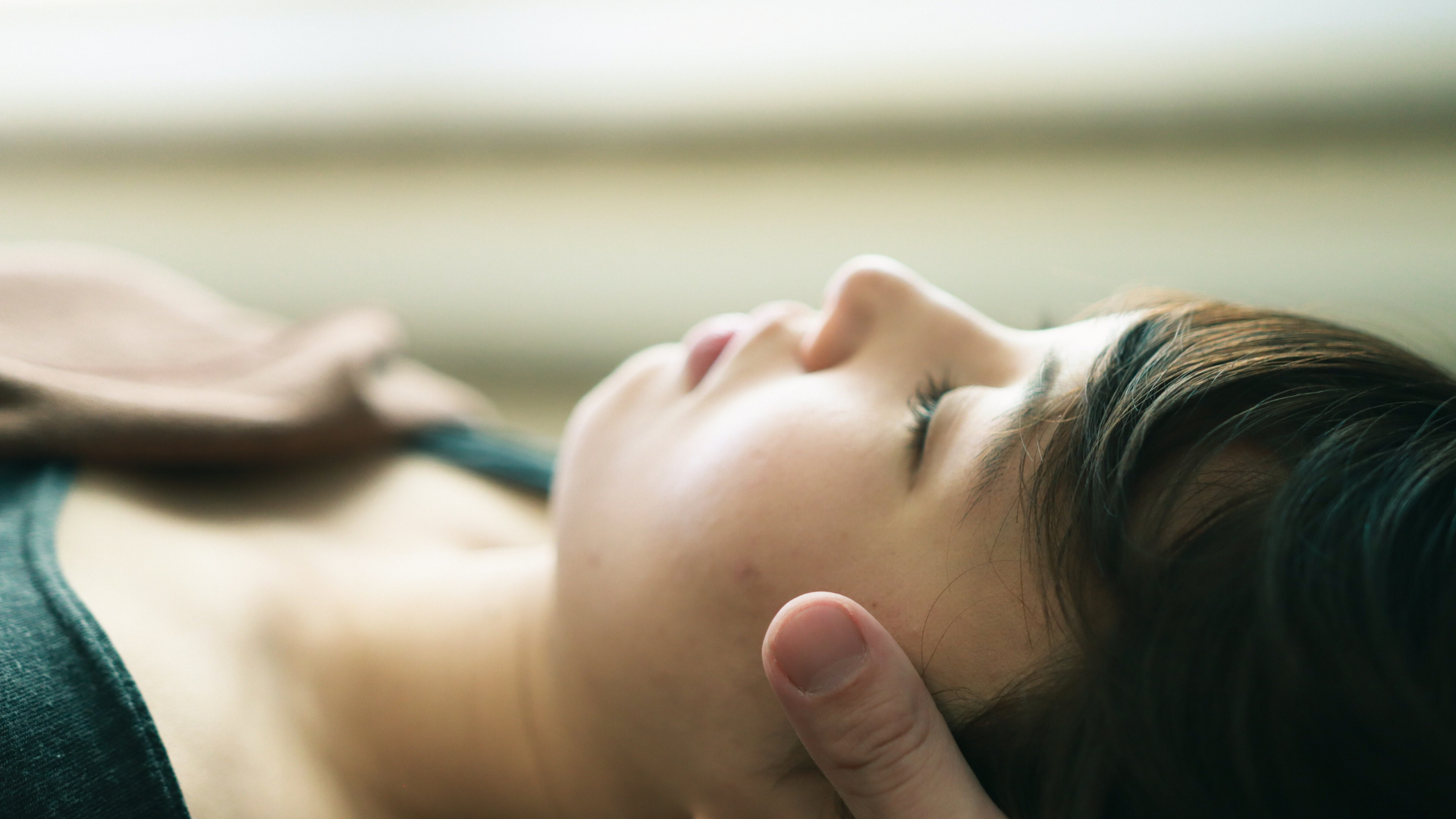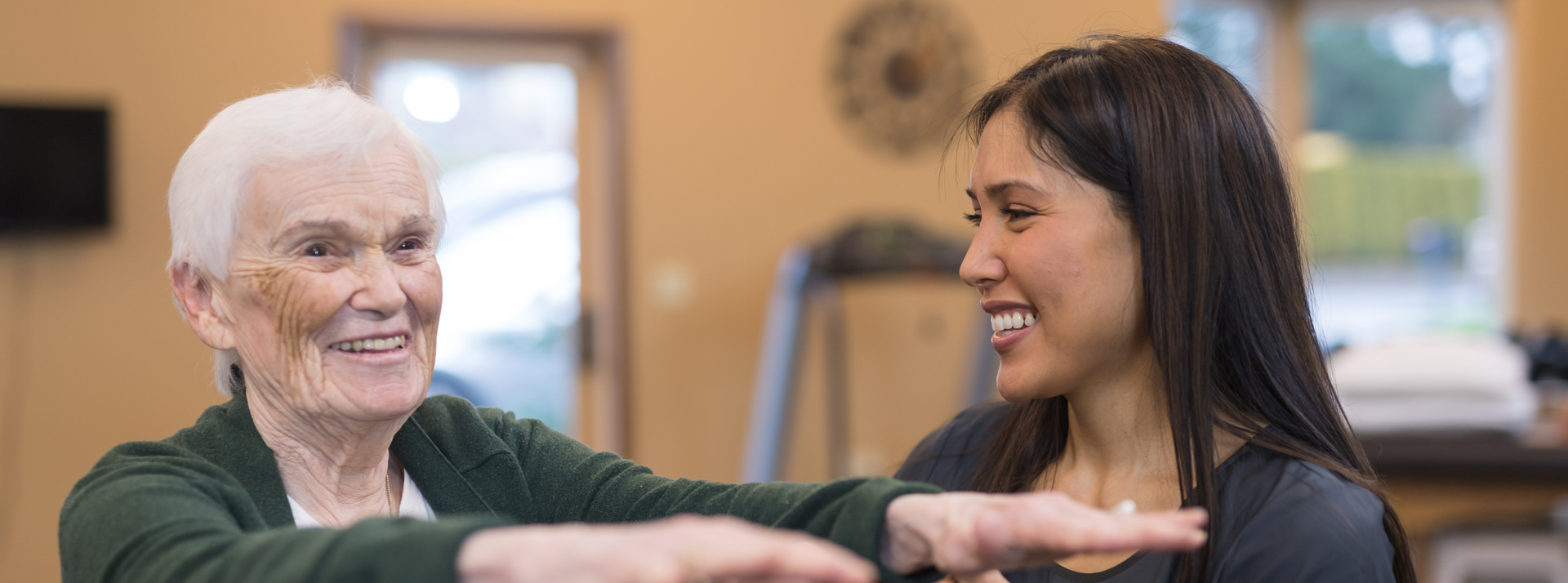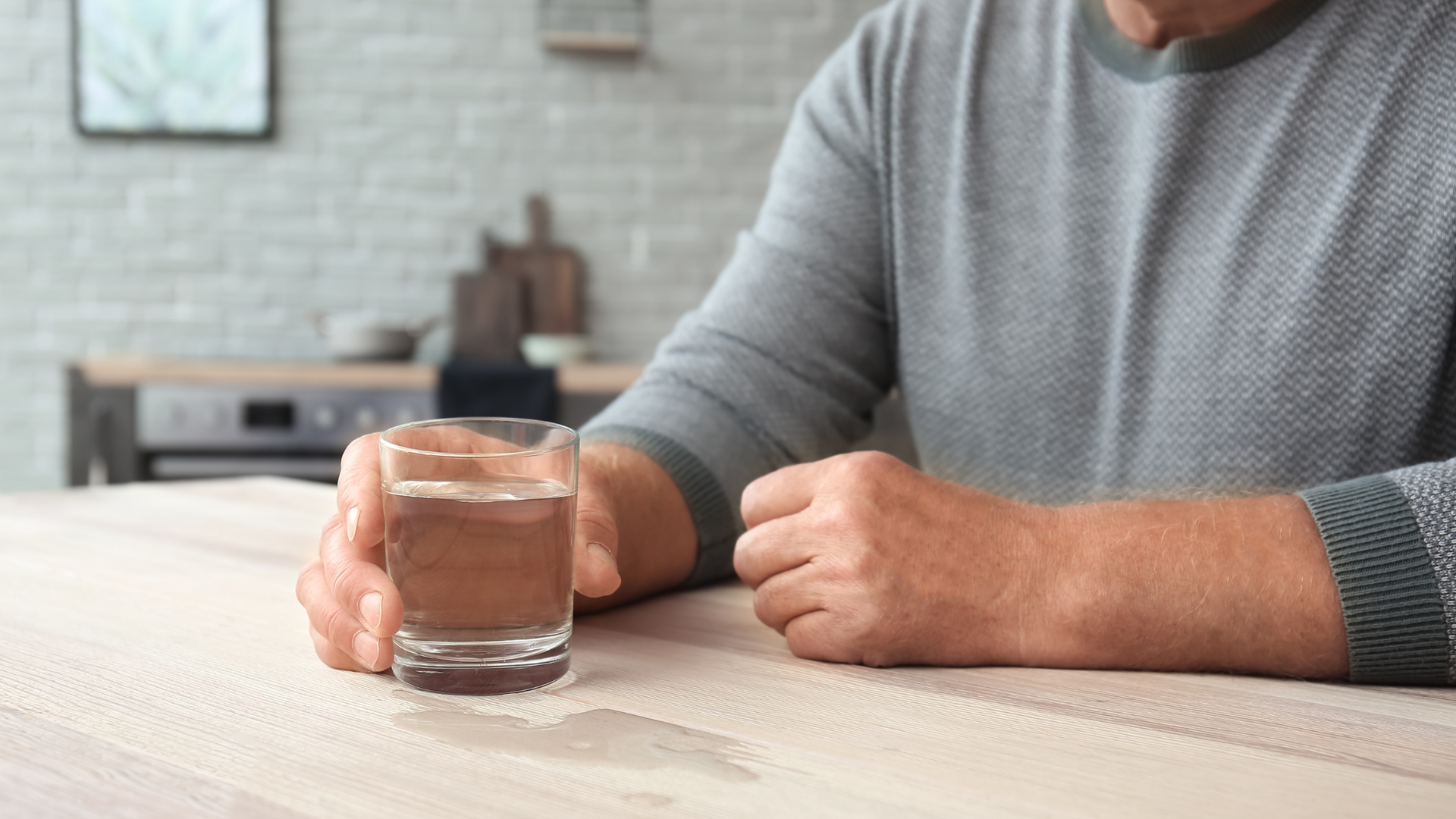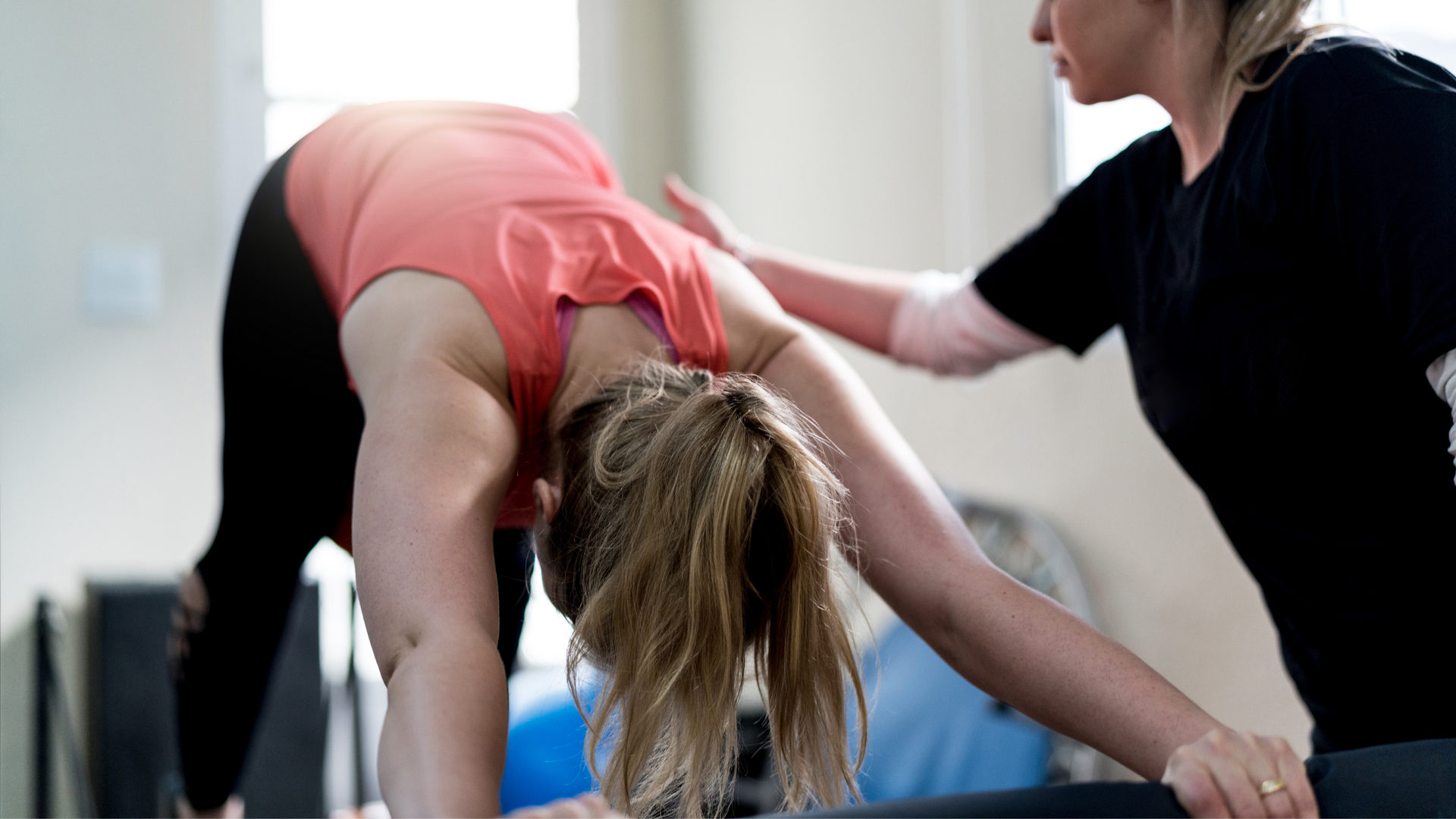Massage Therapy for Hypertension
How massage therapy can help lower your blood pressure.

Hypertension (high blood pressure) occurs when the pressure in the blood vessels is too high. It is a common condition and a significant public health issue due to the potential for serious health consequences if untreated. Often asymptomatic, the only way to diagnose hypertension is by having your blood pressure checked by a health care professional.
In developed countries, one in three adults has hypertension.
The World Health Organization (WHO) defines hypertension as pressure greater than 140/90mmHg and prehypertension as between 120-139/80-89mmHg. Repeat readings indicative of prehypertension are a predicator for hypertension and guide health care professionals to recommend early intervention.
Treatment and Management of Hypertension
Pre-hypertension and hypertension are largely diseases of lifestyle. Factors such as high salt intake, smoking, excessive alcohol intake, stress, and lack of physical activity all contribute to the development of hypertension. Other factors that contribute to the development of high blood pressure include obesity, kidney disease, diabetes, cancer, and cancer treatment.
When assessing blood pressure, two pressures are obtained – systolic, which is the pressure in your arteries when the heart contracts, and diastolic, which is the pressure in your arteries when your heart rests between beats. Blood pressure is always reported as systolic/diastolic in milliliters of mercury (mmHg). Normal resting blood pressure is 120/80mmHg.
Treatment and management of pre-hypertension is primarily non-pharmacological, including education and
advice regarding modification of lifestyle, and massage therapy.
In addition to the above, for hypertension, pharmacotherapy is indicated. Medications such as Angiotensin Converting Enzyme (ACE) Inhibitors, Angiotensin Receptor Blockers (ARB), and Calcium Channel Blockers (CCB) are commonly used to lower and maintain a safe blood pressure range, particularly in recalcitrant cases where lifestyle modification has been ineffective or where comorbidities contribute to unacceptable health risks.
Massage as Therapy for Pre-Hypertension and Hypertension
While lifestyle modification and exercise are mainstay treatments for high blood pressure, various lower quality studies have highlighted the impact of massage therapy among individuals with high blood pressure, particularly prehypertension.
The findings of this research underscored massage therapy as a popular intervention for managing
prehypertension – it’s non-invasive, non-medicative, accessible and economical and with almost
no serious side effects. In many respects it is enjoyable.
Studies by Givi (2013) and Mohebbi et al., (2014) found significant improvements in both systolic and diastolic blood pressures with 30 minutes of massage therapy three times a week. Moreover, these positive effects were still observed 72 hours later (Givi, 2013).
The effects of massage therapy on diagnosed hypertension are less conclusive, with only small and transient reductions observed. Further studies in this area are required. This should not take away from the many other benefits of massage therapy in this patient cohort such as reductions in muscle tightness and stress, and improved mood and sense of well-being.
The effect of Massage Therapy on blood pressure
Massage therapy contributes to a reduction in blood pressure via several effects. Massage therapy stimulates and modulates proprioception, reduces activity in the sympathetic nervous system and increases parasympathetic activity. This helps relax the body, reduce levels of cortisol (the stress hormone), and increase levels of endorphins, serotonin, and dopamine in the blood stream. Blood vessels dilate, reducing blood flow resistance and subsequently blood pressure. With the reduction in stress and anxiety, and a more relaxed state, heart rate also reduces.
What type of massage is best?
Various types of massage therapy offer benefits for addressing prehypertension and hypertension. Techniques that promote activation of the endocrine system, and therefore our feel-good hormones, are likely to be more effective on blood pressure.
Studies have found a positive effect on prehypertension and heart rate from Swedish massage,
suggesting its efficacy in managing these conditions.
The duration and frequency of massage therapy sessions will vary greatly depending on individual circumstances. 30-minute sessions one to two times weekly are indicated in the research. Typically, a session lasting half an hour, focusing on areas such as the skull, face, neck, shoulders, and chest, has been seen to be effective at reducing prehypertension. However, session type, duration and frequency can be tailored according to the individual's symptoms, physical condition, and pre-existing health conditions.
The Take Home
Hypertension is a pervasive health issue in the Western world that results in irreversible damage to arteries throughout the body including the heart, brain, liver, and kidneys. In all cases, lifestyle changes are essential, and in many instances, pharmacotherapy is indicated. Massage therapy, particularly Swedish massage, presents as an effective adjunct treatment for the management of prehypertension and may benefit those with hypertension. It is non-invasive, economical, accessible, and safe, and may produce short to medium-term improvements in both systolic and diastolic pressures as well as a reduction in resting heart rate.
Are you prehypertensive or have a diagnosis of hypertension? Give us a call.
At Movement for Life Physiotherapy, we have a fully qualified remedial massage therapist who can help with hypertension and works with out clinical team to achieve outstanding results.
For more information and appointments, please contact us on 08 8945 3799 or book online.
Sources
- Anderson C., Arnolda L, Cowley D., et al (2016) Guidelines for the diagnosis and management of hypertension in adults. National Heart Foundation of Australia.
- Gholami-Motlagh, F., Jouzi, M., & Soleymani, B. (2016). Comparing the effects of two Swedish massage techniques on the vital signs and anxiety of healthy women. Iranian journal of nursing and midwifery research, 21(4), 402.
- Givi, M. (2013). Durability of effect of massage therapy on blood pressure. International Journal of preventive medicine, 4(5), 511.
- Jones, N. R., McCormack, T., Constanti, M., & McManus, R. J. (2020). Diagnosis and management of hypertension in adults: NICE guideline update 2019. British Journal of General Practice, 70(691), 90-91.
- Mohebbi Z, Moghadasi M, Homayouni K, Nikou MH. The effect of back massage on blood pressure in the patients with primary hypertension in 2012-2013: a randomized clinical trial.Int J Community Based Nurs Midwifery. 2014;2(4):251-258.
- Vijayakumar, V., Boopalan, D., Ravi, P., et al. (2023). Effect of massage on blood pressure in patients with hypertension: A meta-analysis. Journal of Bodywork and Movement Therapies.
More articles
Our goal is to enable you to live a pain-free life, with full mobility.
Copyright 2020 Physiotherapy





